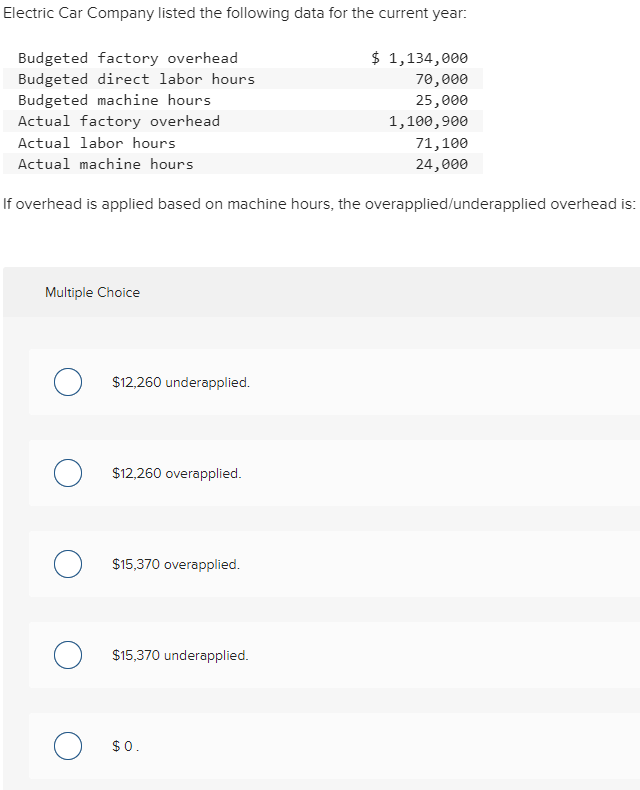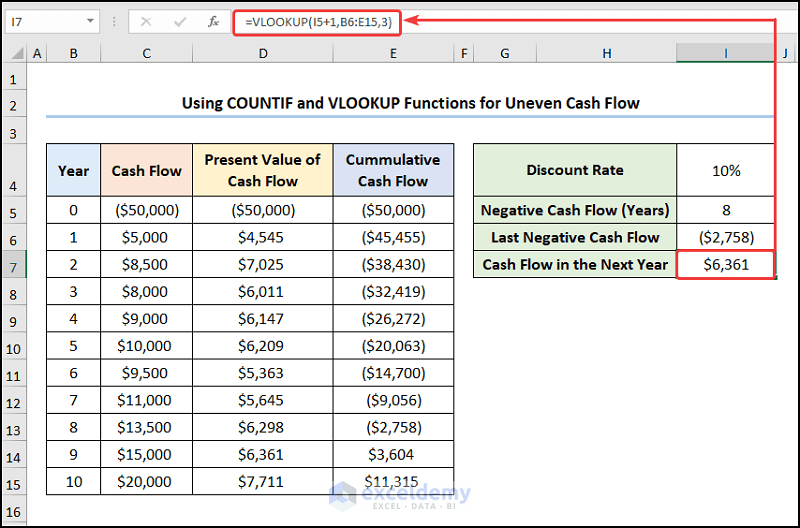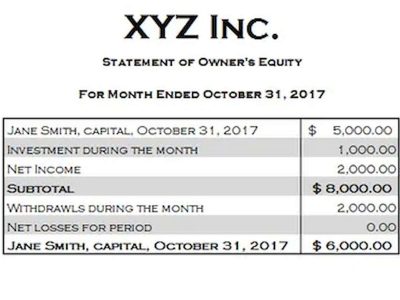All programs require the completion of a brief online enrollment form before payment. If you are new to HBS Online, you will be required to set up an account before enrolling in the program of your choice. Explore our eight-week online course Financial Accounting and other finance and accounting courses to discover how managers, analysts, and entrepreneurs leverage accounting to drive strategic decision-making. To record this accrual, an adjusting entry is made that debits Repairs Expense and credits Accrued Expenses Payable.
These accruals occur when a good or service has been sold by a company, but the payment for it has not been made by the customer. Companies with large amounts of credit card transactions usually have high levels of accounts receivable and high levels of accrued revenue. This is common in industries where services are rendered or goods delivered before payment. For instance, a consulting firm may complete a project in December but not receive payment until January. Under accrual accounting, the revenue from this project would be recorded in December. Accrued revenues are recorded as accounts receivable on the balance sheet, reflecting the company’s right to future payment.
How Does Accrual Accounting Work?
Then, in February, when you receive the payment, you’ll credit accounts receivable, which means receivables go down, and debits cash, which will go up. Though people commonly confuse accrual accounting with cash accounting, there are some stark differences to know before choosing which is right for your business. The general purpose of an accrual account is to match expenses with the accounting period during which they were incurred. Accrued expenses are also effective in predicting the amount of expenses the company can expect to see in the future. Accrual accounting often requires judgment about future cash flows, such as estimating bad debt provisions or warranty liabilities. Overly optimistic or pessimistic estimates can distort financial statements and lead to noncompliance with GAAP or IFRS.
- The client received the bill for services rendered and made a cash payment on Nov. 25.
- Accepted and mandatory accruals are decided by the Financial Accounting Standards Board (FASB), which controls interpretations of GAAP.
- These refer to the recognition of revenues that have been earned but not yet recorded in the company’s financial statements.
- You may also use this method for revenue and expenses received or paid before providing or receiving the service (deferral).
- An example of an accrued expense for accounts payable could be the cost of electricity that the utility company has used to power its operations but hasn’t yet paid for.
The expected cost of internet for the month will need to be recorded as an accrued expense at the end of January. Accrued revenue occurs when a company has delivered a good or provided a service but hasn’t yet received payment. These accounts are often seen in the cases of long-term projects, milestones, and loans. Cash accounting is the easier of the two methods, as organizations only need to record transactions when cash is exchanged. For most companies, however, this method doesn’t provide an accurate view of financial health. Under cash accounting, the business only records transactions when an actual movement of cash occurs.
Written by True Tamplin, BSc, CEPF®
11 Financial may only transact business in those states in which it is registered, or qualifies for an exemption or exclusion from registration requirements. 11 Financial’s website is limited to the dissemination of general information pertaining to its advisory services, together with access to additional investment-related information, publications, and links. After enrolling in a program, you may request a withdrawal with refund (minus a $100 nonrefundable enrollment fee) up until 24 hours after the start of your program. Please review the Program Policies page for more details on refunds and deferrals. In all cases, net Program Fees must be paid in full (in US Dollars) to complete registration. Updates to your application and enrollment status will be shown on your account page.
As a result, it has become the standard accounting practice for most companies except for very small businesses and individuals. We also allow you to split your payment across 2 separate credit card transactions or send a payment link email to another person on your behalf. If splitting your payment into 2 transactions, a minimum payment of $350 is required for the first transaction. We accept payments via credit card, wire transfer, Western Union, and (when available) bank loan. Some candidates may qualify for scholarships or financial aid, which will be credited against the Program Fee once eligibility is determined.
Which of these is most important for your financial advisor to have?
Accrual accounting provides a more accurate picture of a company’s financial position. The general concept of accrual accounting is that accounting journal entries are made when a good or service is provided rather than when payment is made or received. Accrual accounting makes it easy to get an accurate picture of your company’s financial health, as you can not only see the money you’ve earned but get the full picture of accrued liabilities and revenue.
The revenue from a service would be recorded as an accrual in a company’s financial statements if the company accruals definition has performed a service for a customer but hasn’t yet received payment. This ensures that the company’s financial statements accurately reflect its true financial position even if it hasn’t yet received payment for all the services it’s provided. The journal entry would involve a debit to the expense account and a credit to the accounts payable account for accrued expenses. This has the effect of increasing the company’s expenses and accounts payable on its financial statements. These refer to the recognition of revenues that have been earned but not yet recorded in the company’s financial statements.
Accrual accounting is usually compared to cash basis of accounting, which records revenue when the goods and services are actually paid for. This means that a company may have accrued expenses and revenue but not recorded them yet in their financial statements if they expect to receive payment or make payments at some point in the future. The purpose of accruals is to ensure that a company’s financial statements accurately reflect its true financial position. This is important because financial statements are used by a wide range of stakeholders to evaluate the financial health and performance of a company including investors, creditors, and regulators.
Accrual accounting is the preferred method according to generally accepted accounting principles (GAAP). It’s widely considered to provide a more accurate and comprehensive view of a company’s financial position and performance than the cash basis of accounting which only records transactions when cash is exchanged. When something financial accrues, it essentially builds up to be paid or received in a future period.
An expense would be recorded in December if a company incurs expenses in December for a service that will be received in January. Revenue derived from that service would be recorded in December when it was earned. Accrual accounts include accounts payable, accounts receivable, accrued tax liabilities, and accrued interest earned or payable among many others. As mentioned above, businesses that track inventory must use accrual accounting, and retailers are no exception. As soon as you sell a product, it records the cost of goods sold (COGS), which gives you a better idea of your true profit on each sale.














